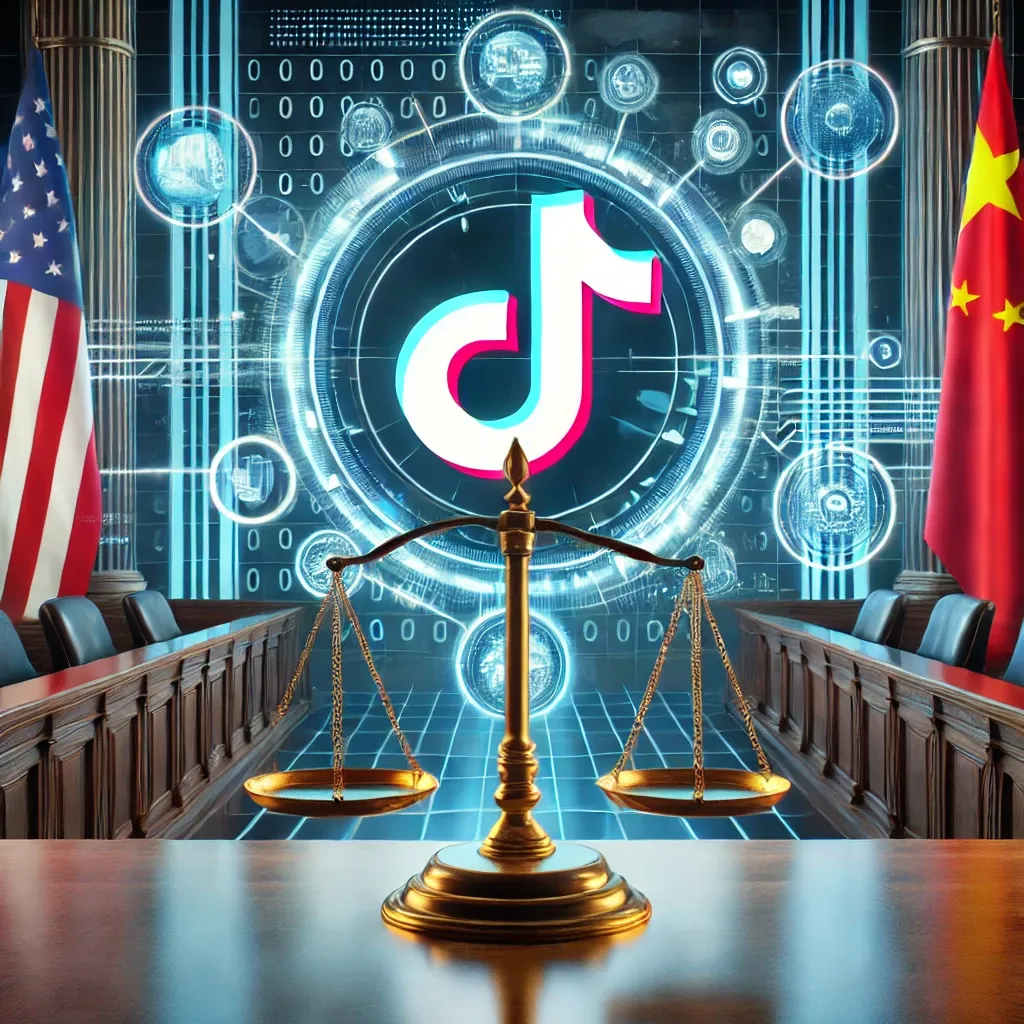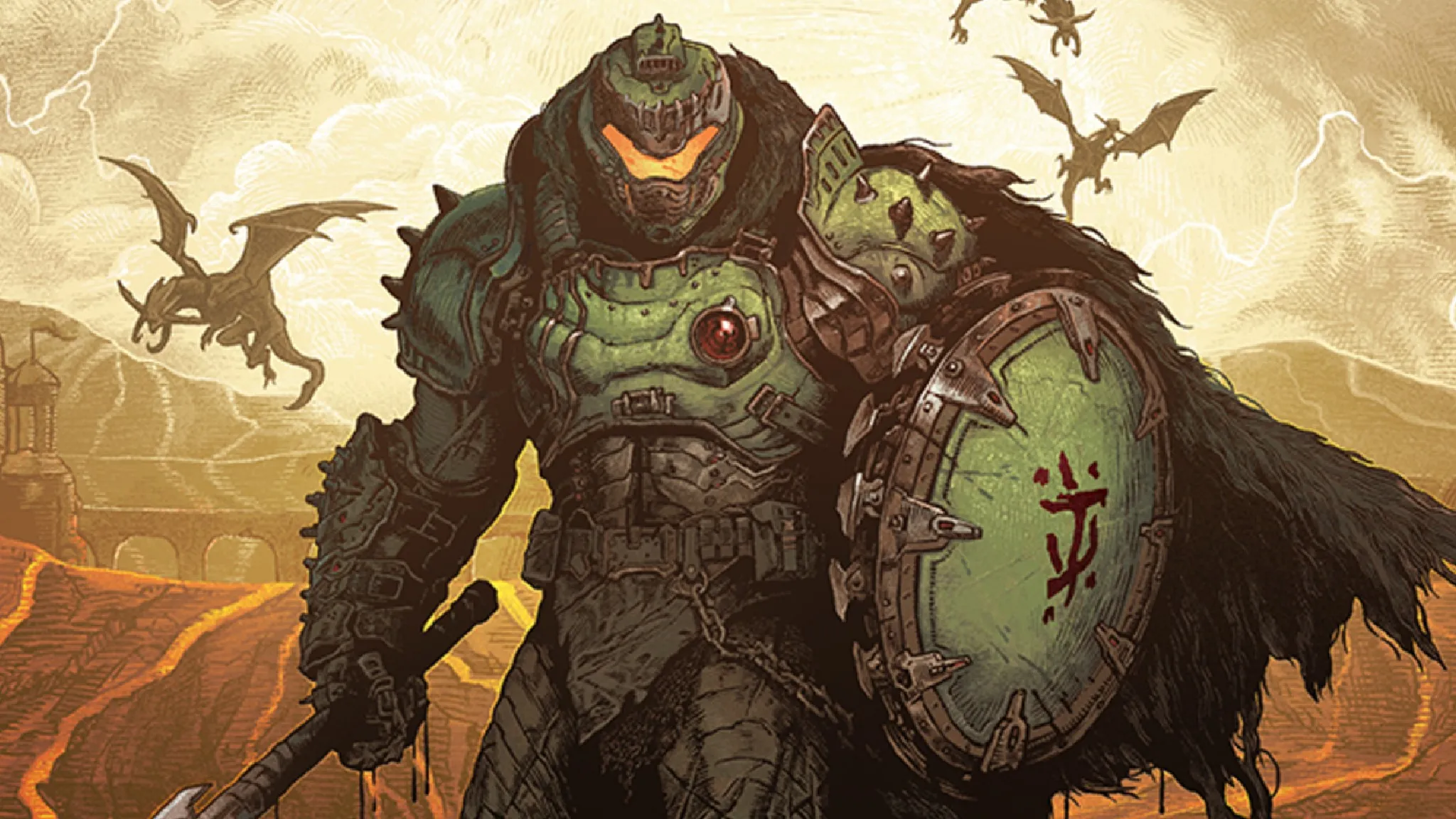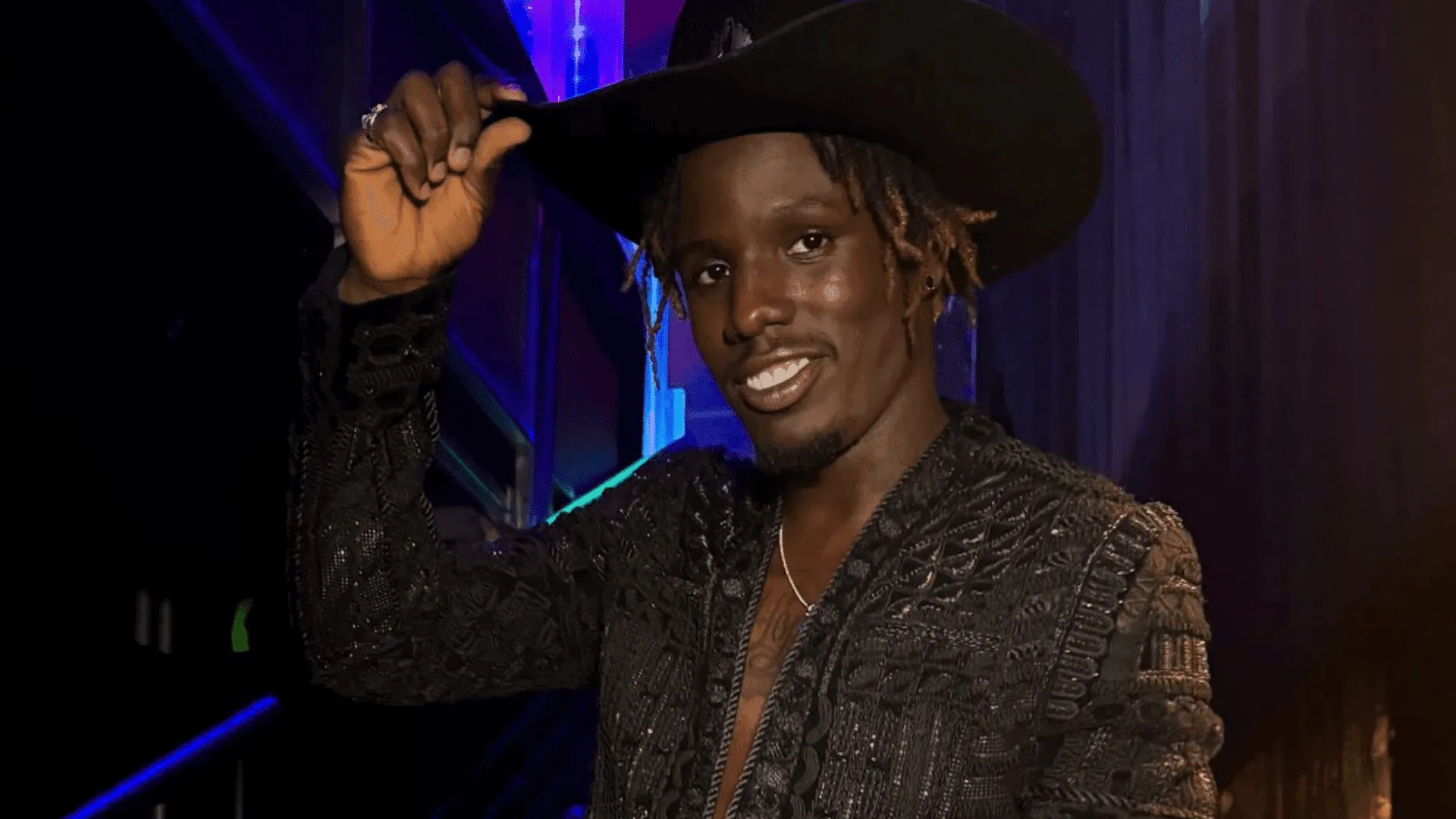Is TikTok’s U.S. Ban Imminent? What You Need to Know Before January 19
As the clock ticks down to January 19, 2025, millions of TikTok users are facing an unprecedented digital crossroads. The popular social media platform stands on the brink of a potential nationwide ban that could dramatically reshape the social media landscape in the United States.
The Countdown Begins
President Joe Biden’s landmark legislation signed in April 2024 has set a clear deadline for TikTok’s future in the United States. The ultimatum is straightforward: either ByteDance sells its U.S. operations to an approved buyer or face a complete ban. With the January 19 deadline fast approaching, tension is mounting among the platform’s 170 million U.S. users.
Why is This Happening?
National security concerns lie at the heart of this potential ban. U.S. lawmakers have repeatedly expressed fears that ByteDance, TikTok’s Chinese parent company, could potentially:
- Share sensitive user data with the Chinese government
- Use the platform for potential propaganda or influence campaigns
- Compromise individual user privacy through extensive data collection
“This is about protecting American data and preventing potential foreign interference,” said a senior government official who wished to remain anonymous.
The Potential Impact
A staggering 51% of TikTok users remain unaware of the impending ban, which could leave millions suddenly disconnected from their primary social media platform. The implications are far-reaching:
- App Store Removal: New downloads will be prohibited
- No More Updates: Existing apps may become increasingly unstable
- Potential Legal Challenges: TikTok is expected to mount significant court battles
What Users Need to Prepare For
For the average TikTok user, the potential ban means considering alternative platforms. YouTube Shorts, Instagram Reels, and Facebook Watch are emerging as primary alternatives. Many content creators are already diversifying their social media presence in anticipation of potential disruption.
Economic and Social Ripple Effects
The ban isn’t just about social media. It represents a significant economic disruption:
- Millions of small businesses rely on TikTok for marketing
- Influencers could see their primary income streams dramatically altered
- Content creation ecosystems might undergo substantial transformation
Potential Workarounds
Some tech-savvy users are already exploring potential alternatives:
- Virtual Private Networks (VPNs)
- Cross-platform content strategies
- Exploring alternative short-form video platforms
The Broader Context
This isn’t just a U.S. phenomenon. Countries like India have previously banned TikTok, citing similar national security concerns. Government devices in Australia, Canada, and the United Kingdom have already restricted TikTok access.
Public Sentiment is Divided
While some view the potential ban as a necessary security measure, others see it as an infringement on digital freedom. Polls suggest a roughly even split in public opinion.
What’s Next?
The situation remains fluid. Key possibilities include:
- Potential 90-day extension if sale negotiations progress
- Ongoing legal challenges from TikTok
- Potential changes with upcoming political transitions
Final Thoughts
As January 19 approaches, users, businesses, and policymakers are watching closely. The TikTok ban represents more than just a social media shift—it’s a complex intersection of technology, national security, and digital rights.
Stay informed, stay prepared.
Disclaimer: This situation is evolving rapidly. Always consult official sources for the most up-to-date information.
Note to Readers: This article is current as of publication and reflects the most recent available information about the potential TikTok ban.






Leave a Comment